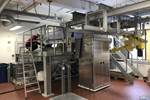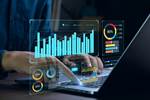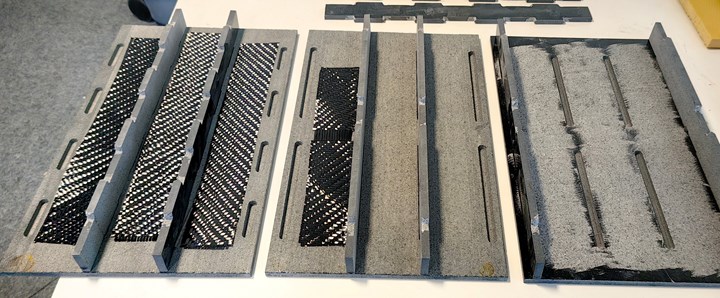Novel DITF composite material enables CO2-negative construction
Three materials — bio-based carbon fibers, natural stone and biochar — act as an alternative to reinforced concrete in a house wall demonstrator in the DACCUS-Pre project.
Share
Read Next
The German Institutes of Textile and Fiber Research Denkendorf (DITF) is leading the joint project DACCUS-Pre in an effort to develop a new building material that stores carbon in the long term and removes more CO2 from the atmosphere than is emitted during its production. Along these lines, the DITF has announced the development of a novel composite material made from natural stone, carbon fibers and biochar, an alternative to reinforced concrete with a particularly good CO2 balance.
In collaboration with the company TechnoCarbon Technologies (Marseille, France), the project is now well advanced through the first demonstrator in the form of a house wall element. The three materials it consists of contribute in a different way to the material’s negative CO2 balance.
Two slabs of natural stone form the exposed walls of the wall element. The mechanical processing of the material, i.e., sawing in stone cutting machines, produces significant quantities of stone dust. This is reactive due to its large specific surface area. Silicate weathering of the rock dust permanently binds a large amount of CO2 from the atmosphere.
Carbon fibers, in the form of technical fabrics, reinforce the side walls of the wall elements. They absorb tensile forces and are intended to stabilize the building material in the same way as reinforcing steel in concrete. The carbon fibers used are bio-based, produced from biomass. Lignin-based carbon fibers, which have long been technically optimized at DITF, are particularly suitable for this application, and are considerably inexpensive due to low raw material costs and have a high carbon yield. In addition, unlike reinforcing steel, they are not susceptible to oxidation and therefore last longer.
The DITF notes that, although carbon fibers are more energy-intensive to produce than steel, only a small amount is needed for use in building materials. As a result, the energy and CO2 balance is said to be improved compared to reinforced concrete. Moreover, by using solar heat and biomass to produce the carbon fibers and the weathering of the stone dust, the CO2 balance of the new building material is actually negative, making it possible to construct CO2-negative buildings.
The third component of the new building material is biochar. This is used as a filler between the two rock slabs. The char acts as an effective insulating material. It is also a permanent source of CO2 storage, which plays a significant role in the CO2 balance of the entire wall element.
The natural stone used is a gabbro from India, which has a high-quality appearance and is suitable for high loads (proven in load tests). Bio-based carbon fibers serve as the top layer of the stone slabs. The biochar from Convoris GmbH (Gersfeld, Germany) is characterized by particularly good thermal insulation values.
The CO2 balance of a house wall made of the new material has been calculated and compared with that of conventional reinforced concrete. This results in a difference in the CO2 balance of 157 CO2 equivalents per square meter of house wall.
Related Content
-
Carbon fiber, bionic design achieve peak performance in race-ready production vehicle
Porsche worked with Action Composites to design and manufacture an innovative carbon fiber safety cage option to lightweight one of its series race vehicles, built in a one-shot compression molding process.
-
Jeep all-composite roof receivers achieve steel performance at low mass
Ultrashort carbon fiber/PPA replaces steel on rooftop brackets to hold Jeep soft tops, hardtops.
-
Welding is not bonding
Discussion of the issues in our understanding of thermoplastic composite welded structures and certification of the latest materials and welding technologies for future airframes.


















